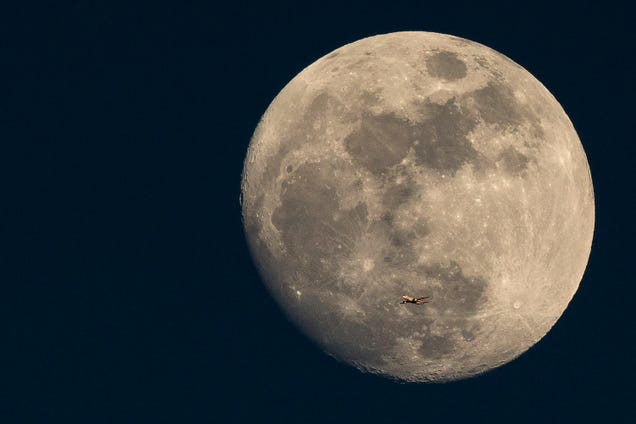Norman Kuring/NASA/GSFC/Suomi NPP; bgblue; Business Insider
ANDRZEJ WOJCICKI/SCIENCE PHOTO LIBRARY/Getty Images

We knew 2024 was going to be a landmark year in spaceflight, and judging by the wide range of developments in just the first month, we’re in for an extraordinary ride throughout the rest of the year.
WIKUS DE WET/AFP via Getty Image
ratpack223/Getty Images

In September, fragments of a near-Earth asteroid were carefully dropped off in the Utah desert. The space rocks hold clues to the origin of the solar system and can possibly answer crucial questions about how our planet came to be—if only we can get to them first.
Image courtesy Yonsei University

The Moon’s crater-covered countenance was previously thought to be a youthful 4.42 billion years old, give or take about 10 million years. But now, samples of crystals taken from the rocky satellite half a century ago indicate that the Moon is about 40 million years older than we knew.
Vadim Sadovski/Shutterstock
